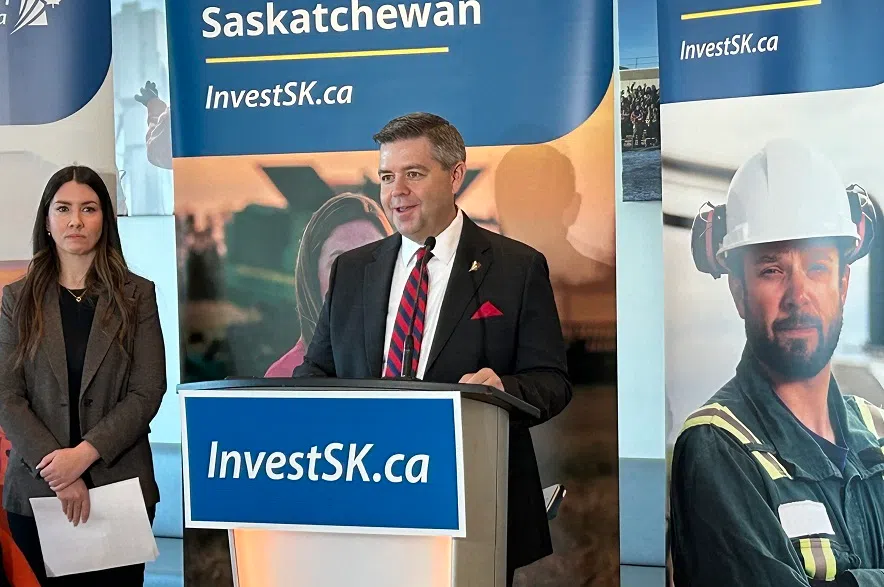The Government of Saskatchewan is hoping a new strategy will attract growth to the province across a wide range of sectors.
On Monday, the province launched the website InvestSK.ca, which will shine a spotlight on investment opportunities in the province like facilities for critical mineral processing, advanced manufacturing and clean technology.
Jeremy Harrison, Saskatchewan’s minister of trade and export development, explained what the work will do to help grow the provincial economy.
“We’re going to be talking about why Saskatchewan is the right place in the world to invest,” he said. “We’re really highlighting the strengths we have in the natural resource sector and also highlighting the strengths we have on the policy front (and announcing) new incentives, in addition to a host of existing incentives.”
Harrison, citing a recent report from Statistics Canada, said the Saskatchewan’s GDP grew by more than any other province in the country in 2023, and is projected to lead the country in per-capita GDP growth again in 2024.
“The reason for it is because government works very closely with our stakeholders, community leaders, municipalities and business leaders to make sure we have the right policy environment in place so there’s a comfort level in making a very large investment in the province,” he explained.
READ MORE:
- Sask. post-secondary schools form new institute for energy and mining
- Harrison leading Sask. trade delegation to U.K., Poland
- Saskatoon’s Vital Metals liquidates assets amid bankruptcy
New policies were announced on Monday as part of the province’s new strategy, including incentives designed to attract investment into the critical minerals sector and in multi-lateral wells, which the government described as a more sustainable drilling method.
Two existing incentives – the Oil and Gas Processing Investment Incentive and Saskatchewan Petroleum Innovation Incentive – will be extended to 2029.
Another current incentive which provides tax credits to startups in eligible technology fields will see its annual tax credit cap double from $3.5 million up to $7 million, and its eligibility will be expanded to include clean technology.
Harrison said he’s hopeful the new strategy will lead to some big things for the province in the future.
“I’m really excited about the rare earths part in particular, because that has to do with the fact the Saskatchewan Research Council has been spearheading – not just in Canada but North America – the effort to build a mid-chain supply chain of rare earths,” Harrison stated.
“I think it’s an example of how government, industry and private sector work to create the conditions for further investment going into the future.”











